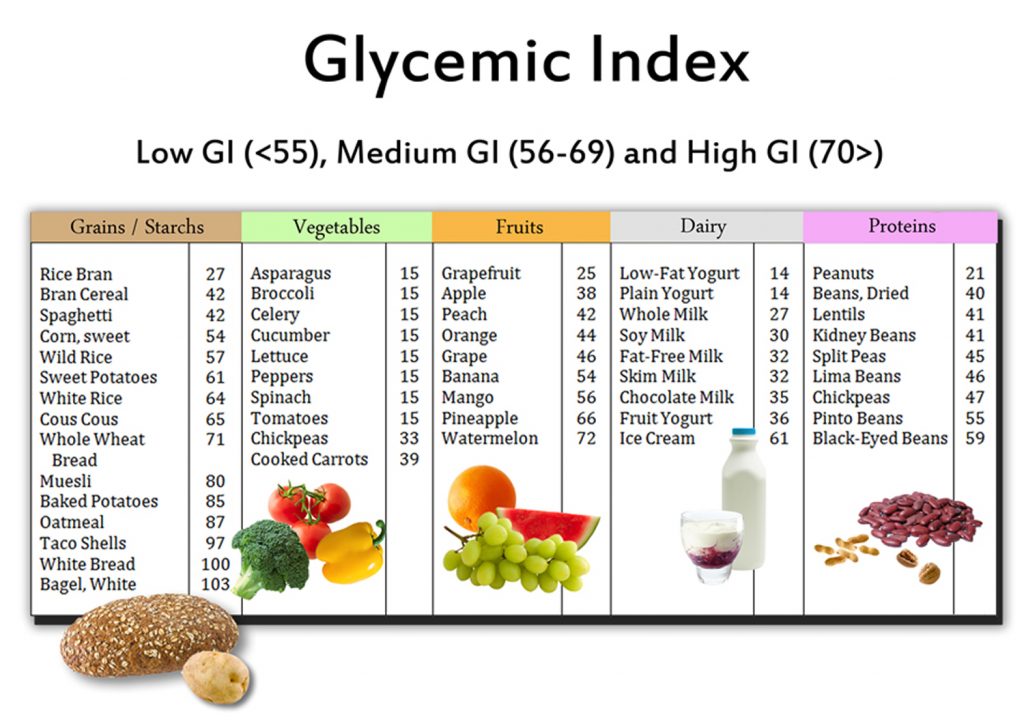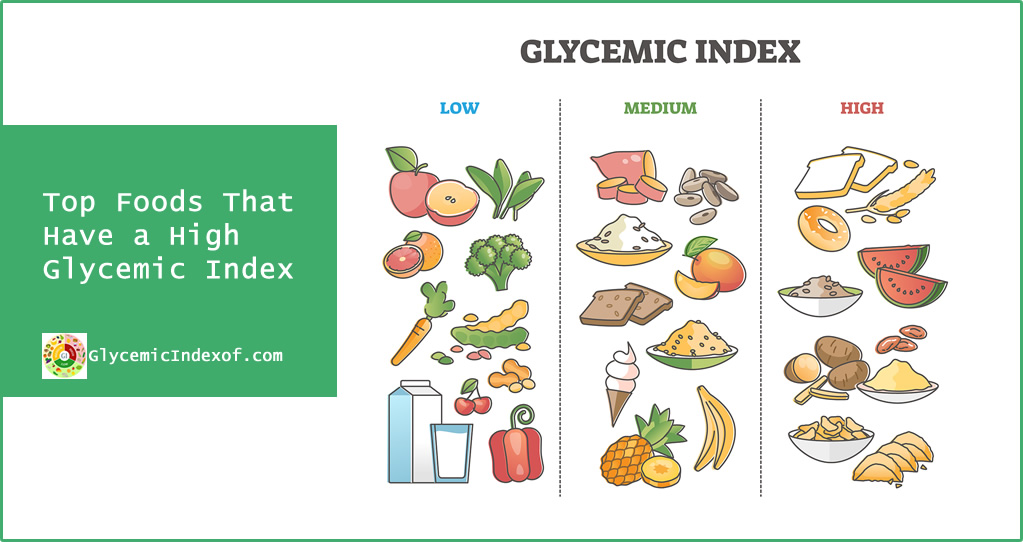Which of the following Statements Describes the Glycemic Index of Foods?
These days it’s all about staying fit and eating food that does well to your body rather than harm. Whether you’re an active person or one that goes for a walk just once a week, you’ll still be a person that cares about your weight and your health.
Glycemic Index is a set of numbers that determines how much carbohydrate-containing food products can raise blood glucose or sugar level. This is extremely important for diabetics and people in general because it helps keep the body healthy and balanced, but what is it strictly used for?
Classification of Glycemic Index
Various types of foods have a low glycemic index value, and some have a high value. Glucose is an essential constituent of the body, and it is formed by the breakdown (digestion) of food particles in our stomach.
This glucose becomes the primary energy source that our body needs to carry out all the processes that occur in our body.
Low Glycemic Index – Low glycemic index food releases glucose slowly after its breakdown. Food products with this index also help in weight loss and are essential for diabetic patients. This is because type 1 diabetic patients can’t make insulin and type 2 patients are resistant to insulin and so low glycemic food helps keep the rise in glucose levels (spikes) steady and stable. Fifty-five or less is considered a low value for the index of different foods.
High Glycemic Index – Foods with high glycemic index release glucose rapidly and fast after their breakdown, causing spikes to rise in the blood sugar level, and so this can be problematic for diabetic patients. Long-distance runners consume high index foods to keep their energy levels high and work after extensive exercise. Seventy and above is considered a high value for the index of different foods.
Changes in the Glycemic Index
Whole food products individually have a set glycemic index value, but this value can change upon several different factors, that when combined together, can take a low index food to a high one and vice versa.
Preparing the meal – The more time food is high in starch is cooked, the higher the food’s glycemic index becomes. Furthermore, when acids such as vinegar and lemon juice are added to food products, these acids cause the food’s glycemic index to decrease.
Ripe Food – As different fruits ripen, their glycemic index increases by a margin. Bananas that start to ripen have a higher index than those that are plantain.
Types of food
There are all kinds of food, fruits, vegetable, proteins, e.t.c. that hold different glycemic index values. These values are essential because not only do they give an idea of what’s healthy for a particular type of body, but they also help in meal planning. Concluded Which of the following Statements Describes the Glycemic Index of Foods?.
Bottom Line:
In the end, both GL and GI of food are essential information to evaluate foods impact on our blood sugar. You can’t control your diabetes and diet with just the understanding of foods GI value. The glycemic index tells you how quickly a food is digested in our bloodstream the glycemic load informs you of how much carbs (in grams) you will get with a foods single serving. It is a great way to evaluate how our body processes the food’s serving. Also, this is an easier way to maintain a balanced and healthy diet.


